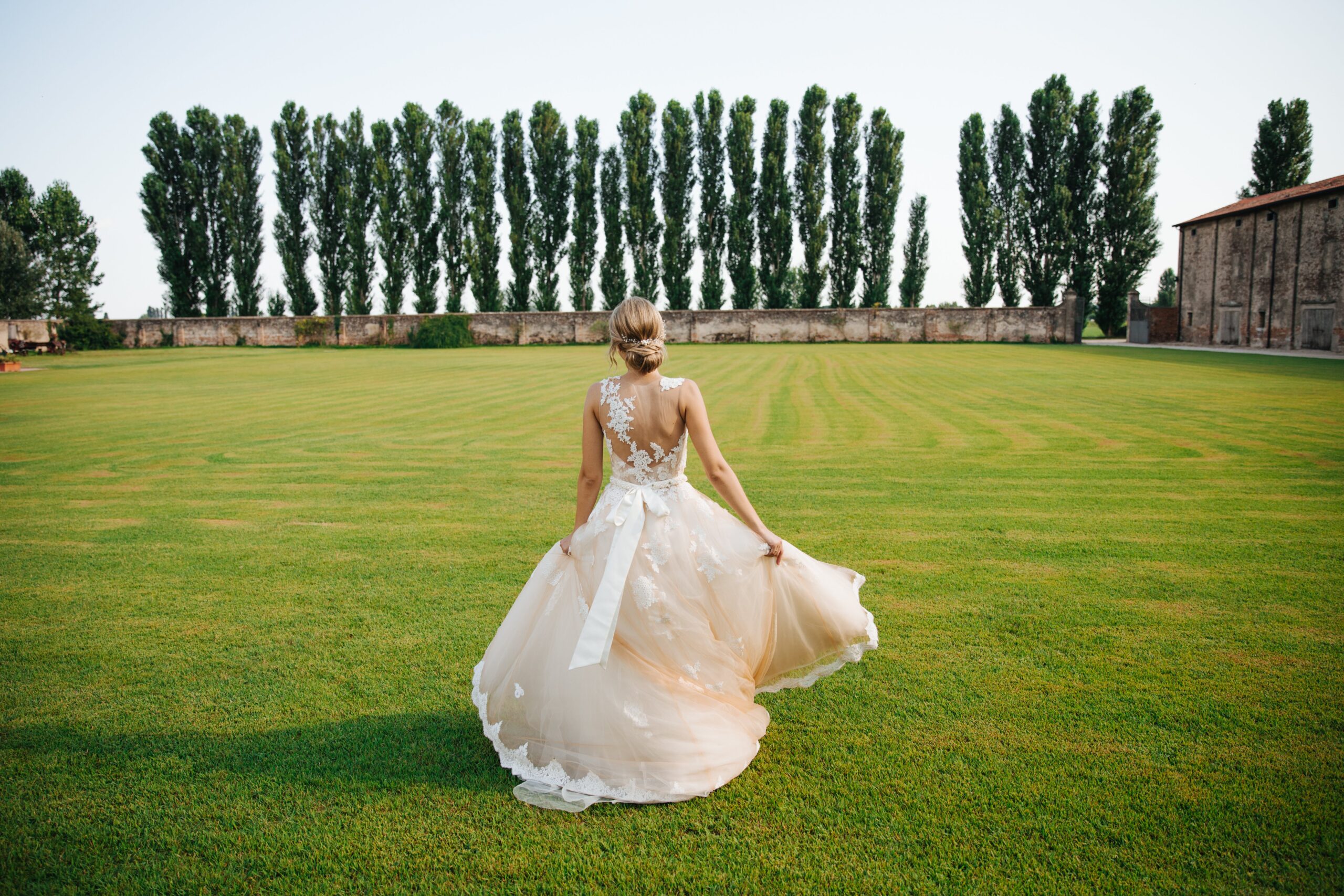A Chinese wedding is a traditional ceremony that celebrates the union of two individuals and their families. It is a significant event in Chinese culture and is often steeped in customs and rituals that have been passed down through generations. Chinese weddings can vary in their specific customs and traditions depending on regional differences and individual preferences, but there are some common elements that are typically present in most Chinese weddings. Here's an overview of the key components.
Chinese Wedding Pre-wedding rituals:
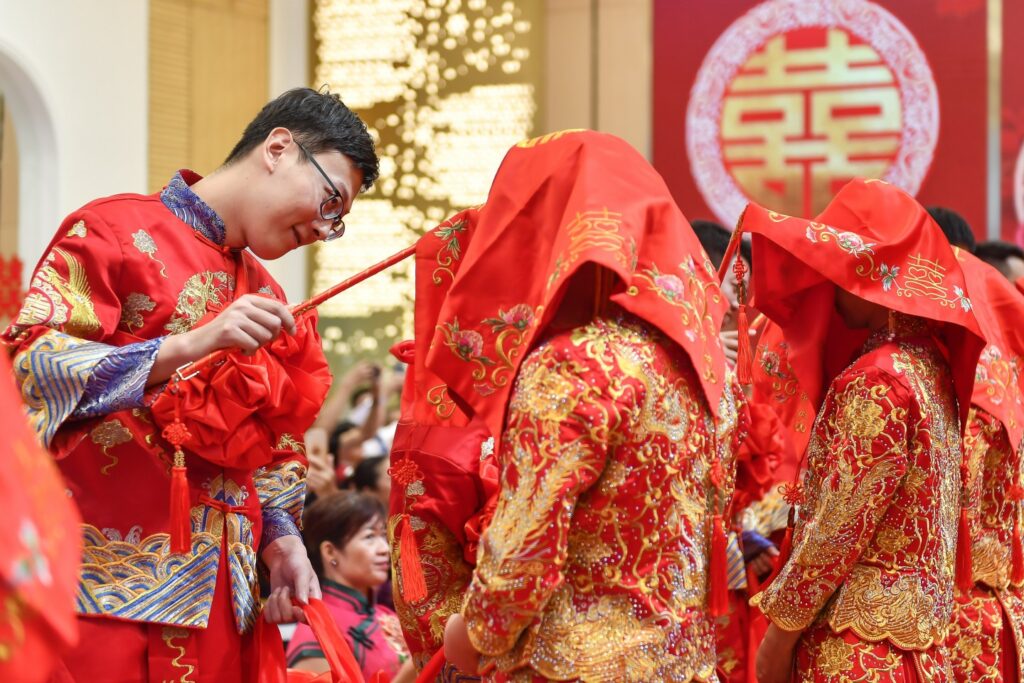
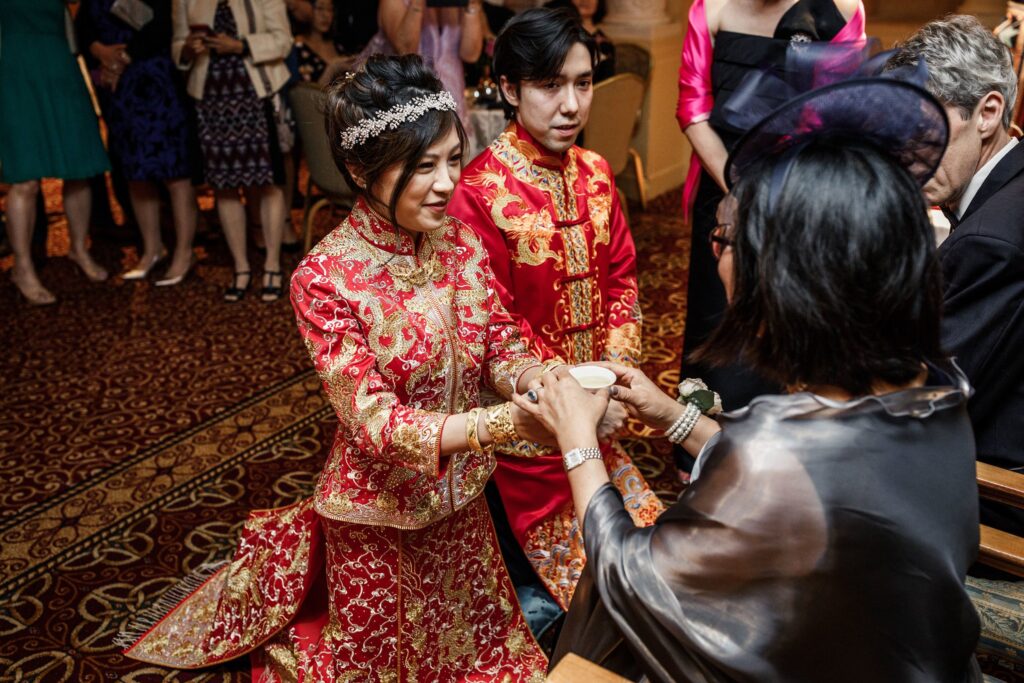
Before the actual wedding day, there are often several pre-wedding rituals and customs. These may include formal proposal ceremonies, engagement parties, the exchange of betrothal gifts (often referred to as “guo da li”), and the selection of an auspicious wedding date through the consultation of a Chinese almanac or a fortune-teller. These pre-wedding rituals hold great cultural significance and are cherished as an integral part of the wedding journey. They serve to strengthen family bonds, honor traditions, and set the stage for a joyful and harmonious wedding celebration.
Chinese Wedding attire:

The bride traditionally wears a red or other brightly colored wedding dress called a “qipao” or “cheongsam.” The groom typically wears a dark-colored traditional outfit, such as a “changshan” or a “tangzhuang.” Nowadays, many couples also have a Western-style white wedding gown for the bride and a suit for the groom for the wedding ceremony. The qipao or cheongsam is a form-fitting, one-piece dress that originated in the Manchu ethnic group during the Qing Dynasty. It is typically made of silk or other luxurious fabrics and features high collars, intricate embroidery, and beautiful patterns. The most traditional color for a Chinese bride's qipao is red, symbolizing luck and happiness.
Tea ceremony:

One of the most important rituals during a Chinese wedding is the tea ceremony, which often takes place on the morning of the wedding day. The couple serves tea to their parents and other senior family members as a sign of respect and gratitude. In return, the elders offer blessings and sometimes red envelopes (containing money) to the couple. The tea ceremony is not only a beautiful and touching tradition, but also a symbolic act of uniting two families. It represents the couple's deep respect for their elders and the formal acceptance of the bride into the groom's family.
Wedding banquet:

The wedding banquet is a lavish feast held after the wedding ceremony. It is a time for family and friends to come together to celebrate the couple's marriage. Multiple courses of delicious food are served, and there may be traditional performances, speeches, and toasting during the banquet. The wedding banquet is a highlight of the entire wedding celebration, and it allows the couple to share their happiness with their loved ones. It's a time to create cherished memories and strengthen the bonds between families and friends.
Red decorations and symbols:
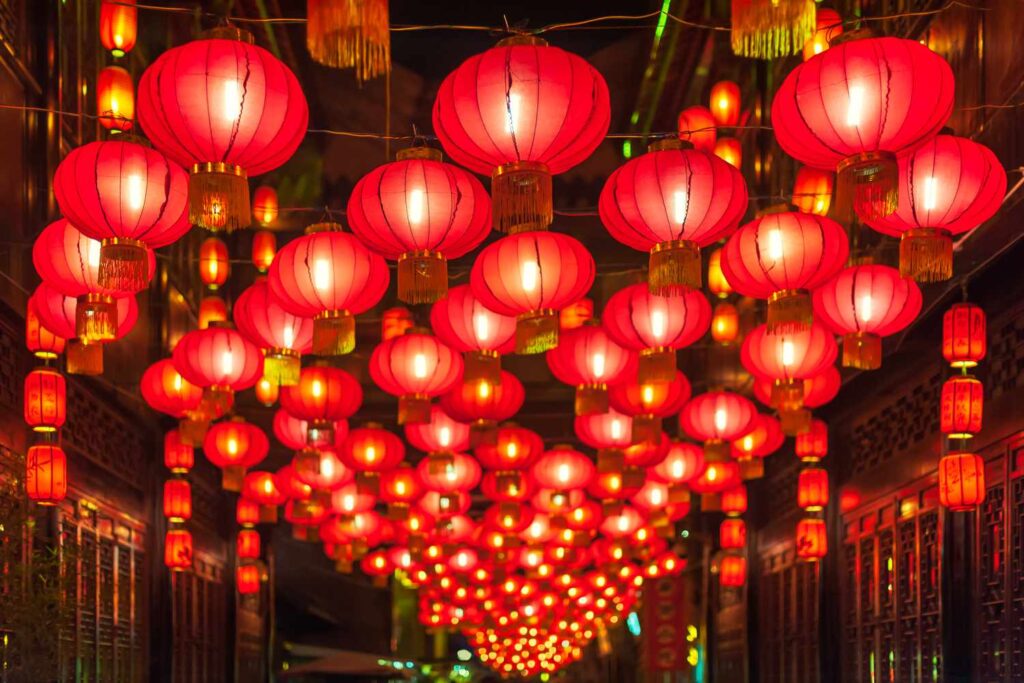
Red is the primary color associated with joy, luck, and happiness in Chinese culture. Therefore, it is a dominant color during a Chinese wedding. Red decorations, such as lanterns, banners, and other adornments, are often used to create a festive atmosphere. Red lanterns are a common decorative element in Chinese weddings. They are hung at the wedding venue, along pathways, and even outside the couple's home. Lanterns symbolize brightness and good fortune and are believed to ward off evil spirits.
Dragon and phoenix motifs:
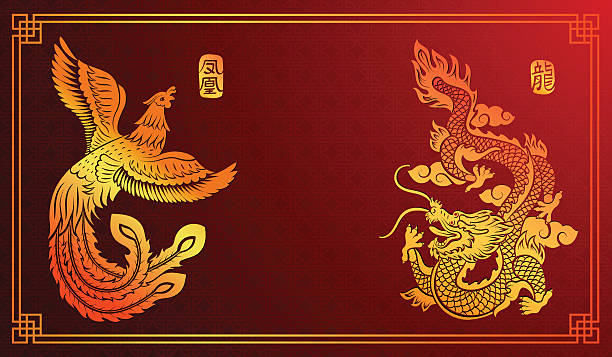
The dragon and phoenix are symbolic creatures in Chinese culture, representing the groom and bride, respectively. These motifs are often incorporated into the wedding decorations and attire to symbolize the harmonious union of the couple. The dragon is considered the most powerful and auspicious creature in Chinese culture. It represents strength, power, and good fortune. It is associated with the male element (yang) and is often seen as a symbol of the groom. The dragon is believed to bring prosperity and protect the couple from harm.
Firecrackers and lion dance:

In some regions, firecrackers are set off during the wedding to scare away evil spirits and bring good luck. Additionally, a traditional lion dance may be performed to entertain the guests and bring blessings to the couple. In Chinese culture, it is believed that loud noises, such as the sound of firecrackers, can scare away evil spirits and bad luck. By setting off firecrackers during the wedding, the couple seeks protection from any negative influences and invites good fortune into their marriage.
The modern Chinese weddings may also incorporate Western influences and contemporary elements, reflecting the couple's personal preferences and the changing cultural landscape. Chinese weddings are a beautiful blend of tradition, symbolism, and celebration, showcasing the richness of Chinese culture and customs.









